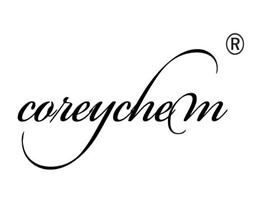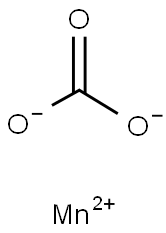| Description |
Manganese Carbonate is a water-insoluble manganese source which occurs naturally in the form of mineral rhodochrosite. It can easily be converted to other manganese compounds, such as the oxide by heating.
Manganese carbonate can be widely applied in various fields. In the field of agriculture, it is commonly used as an additive to plant fertilizers, which is effective to cure the crops with manganese deficiency. It can also be applied in ceramics as a porcelain glaze, glaze colorant and flux and it serves as a catalyst in viscose process. Besides, it has been proved to be used as a hematinic in the field of medicine. Other applications of manganese carbonate involve in health foods, chemical industry and etc. |
| References |
https://en.wikipedia.org/wiki/Manganese(II)_carbonate
https://pubchem.ncbi.nlm.nih.gov/compound/11726#section=Use-and-Manufacturing
http://www.chemicalland21.com/industrialchem/inorganic/MANGANESE%20CARBONATE.htm |
| Chemical Properties |
Brown powder |
| Uses |
Manganese(II) carbonate occurs in nature as the mineral rhodochrosite [14476-12-1] (manganese spar). This ore also is used to produce manganese dioxide (by electrolytic process). The pure compound is used as gemstones; and as a pigment (manganese white). |
| Uses |
As pigment"manganese white"; drier for varnishes; in feeds. |
| Preparation |
Manganese(II) carbonate is mined from its naturally occurring mineral rhodochrosite. The compound may be prepared in the laboratory as a palepink precipitate by adding sodium bicarbonate to a solution of manganese(II) salt saturated with carbon dioxide. The product obtained is monohydrate, MnCO3•H2O. However, if the carbon dioxide-saturated solution, together with the above monohydrate precipitate, is heated in the absence of atmosphere oxygen, the monohydrate MnCO3•H2O is converted into the anhydrous MnCO3. |

 China
China





